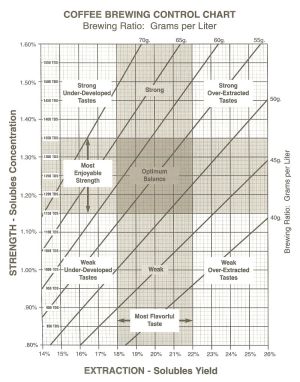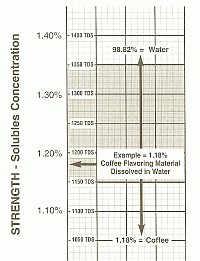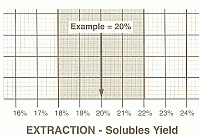This article on Spanish coffee looks at the history of Spanish coffee and how Spaniards today have integrated coffee into part of their way of life and culture.
It takes a look at the various
different types of coffee so that when you go into a bar or restaurant in Spain you know what to order.
Spanish roast is normally a dark roast. The Spanish have a similar history to the Italians when it comes to blending, having become the driven to get great coffee when their coffee bean supplies dried up in the own internal wars and involvement in the various European wars.
The typical though of Spanish coffee is a steaming mug of coffee with rum or other
alcohol and topped with whipped cream, but the Spanish influence on the coffee industry
reaches much further than the bar in a ski lodge. The classic coffee cocktail is as follows;
3/4 oz. 151-proof rum
1/2 oz. triple sec (Huber’s uses Bols)
2 oz. Kahlúa
3 oz. fresh-brewed coffee
Tools: lighter or matches
Glass: sugar-rimmed red wine or Irish coffee glass (make sure it's tempered)
Garnish: lightly whipped cream and sprinkling of ground nutmeg
Add the rum and the triple sec to the sugar-rimmed glass and carefully ignite. Add
Kahlúa (the flame should go out at this point), top with hot coffee and Garnish.
Before our time Spanish ships carried coffee plants and seeds to many remote areas of
the world where coffee was not native but soon became central growing hubs.
Descendants of Spanish conquistadors settled in Central and South America where they
created huge plantations for growing Spanish coffee.
It is said that coffee originally came to Spain through Turkish immigrants. Not much, if
any, coffee was actually grown in Spain but they developed a method for roasting that
produces very dark, almost black oily beans that make very strong coffee that is known
as Spanish Roast, or Dark French Roast.
Spanish coffee growers in Latin America accounted for nearly half of all the coffee
exported; however, most Spanish coffee served in Spain comes from Angola and
Mozambique and is roasted dark to bring out the full flavour.
Early Arabic coffee traders tended to gouge the Spanish coffee merchants on pricing and
the result was the highest priced cup of coffee in Europe. Portugal, Spain’s neighbour,
had colonies in several coffee growing regions in Africa and sold coffee to the Spain at
more reasonable prices, however the quality was not as good and some importers chose
to pay the higher prices for the Arabian coffee.
THE DIFFERENT TYPES OF SPANISH COFFEE
When you are in a restaurant or bar in Spain you can order many varieties and types of coffee. Here are the most common:
Café Solo - the most commonly ordered type of coffee in Spain. Café solo is a small and very strong black coffee usually served in a small glass.
Café Con Leche - is the next most popular way to drink coffee, especially as the first cup of the day. It is half café solo and half hot milk and can be served in a small glass or a tall thin glass.
Café con leche is best drunk in a traditional Spanish bar where they pour the milk into a metal jug and then with steam from the espresso machine they noisily froth the milk and heat it up so your coffee will be piping hot!
Café Bombon - this is a variant on café con leche, it is a small glass containing condensed milk with a café solo slowly poured in. It is then mixed and is very sweet tasting.
Café Americano - similar to a café solo but served in a larger glass or cup with a more water.
Café Cortado - a strong black coffee similar to café solo but with a drop of milk.
Café Con Hielo - mostly drunk in the summertime this is cold coffee otherwise known as iced coffee. The Spanish will serve you with a 'normal coffee' and a separate glass with ice and you should then pour your coffee over the ice.
Café Sombra or Café Manchado is mostly milk with just a few drops or small measure of coffee.
Café Carajillo - this is the coffee that is famous around the world as 'Spanish coffee' although as we have already seen - there are so many other types of coffee in Spain apart from the café carajillo. Outside of Spain we know Spanish coffee as a coffee with alcohol - typically rum then topped with whipped cream.
In Spain a traditional café carajillo is a café solo with a small measure of brandy.
Alternatively you can have rum or whisky instead. If this is done properly the brandy is
lit first so the alcohol burns off then the coffee (solo) is added.
dited by N. Pink, source: http://www.costablancauncovered.com/living-in-Spain/food-and-
drink/Spanish-coffee.html

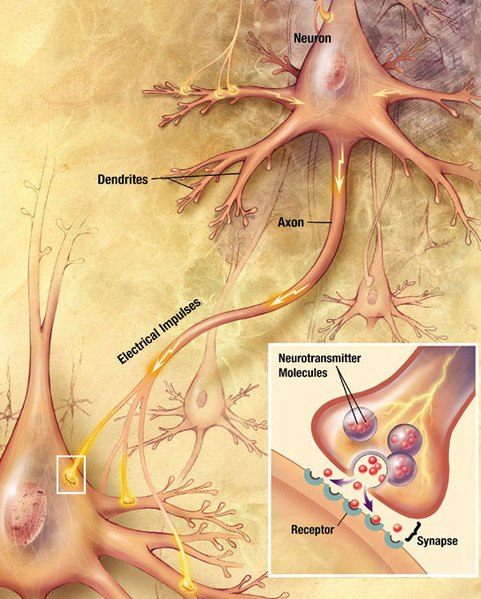

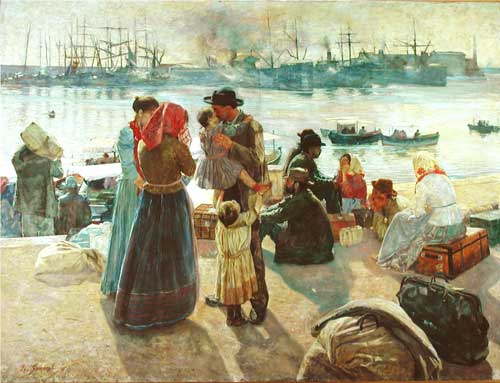
 Here is a summary.
Here is a summary.




